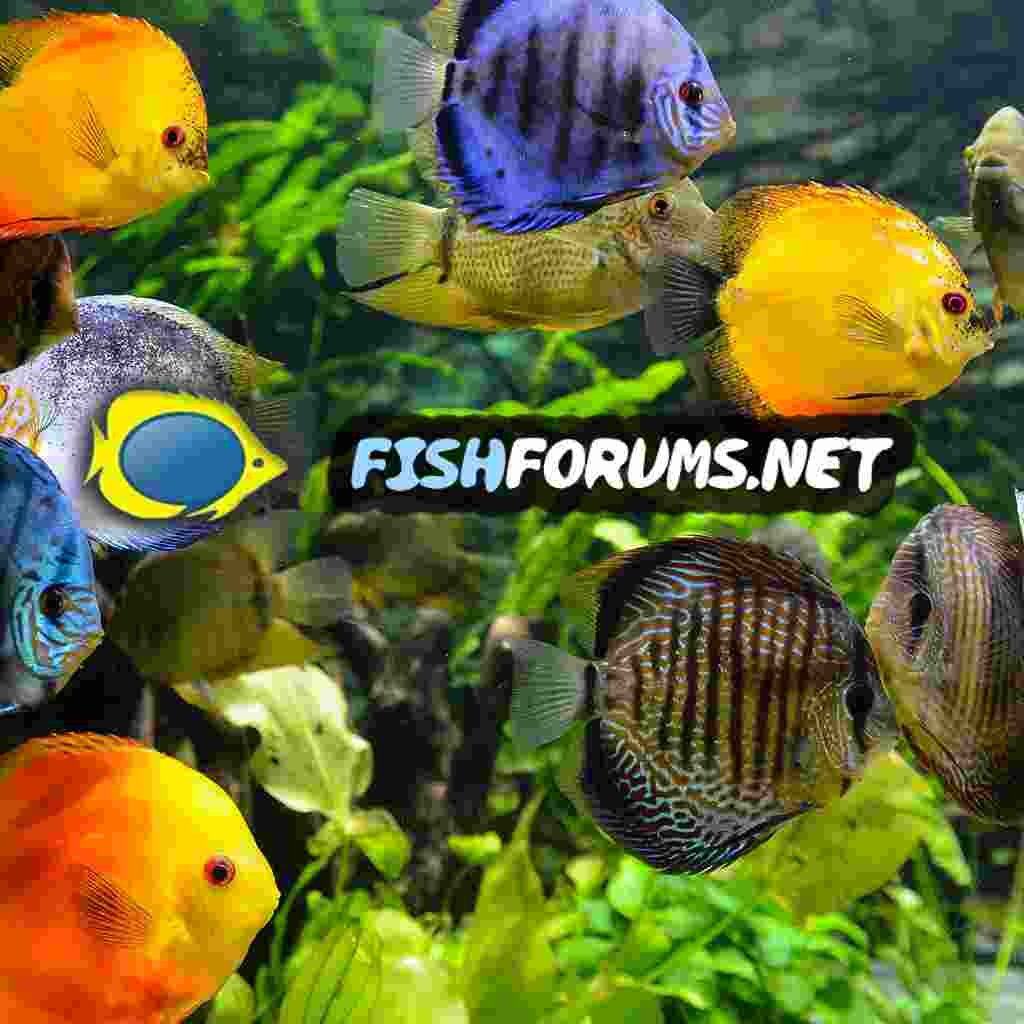O
On_a_dishy
Guest
How best to start the ammonia build up?
 www.fishforums.net
www.fishforums.net
If you want to speed things up, look for Tetra Safe Start or Dr Tim's One & Only.
https://www.seachem.com/stability.phpQ. Why does Stability™ not need refrigeration? If there's living bacteria in the solution, how do they stay alive for so long? Or is there something else besides bacteria in the product altogether?
A: The bacteria in Stability™ are alive but not active. They exist in a spore form. They can withstand extreme temperatures and do not require food to survive. When you add them to your aquarium they become active due to dilution.
The bacteria that require refrigeration are active. Refrigerating them slows down their life cycle and they require less food when cold. Because they are active they do require food, and that is packaged with them. They also will not survive extreme heat or cold and will die when they run out of food.
How can bacteria live in a bottle and not die for 6 months or a year?
A common misconception about bacteria in general is that they die if they are not fed. From a human being point of view this sounds perfectly reasonable: if you don’t eat, you die. However, bacteria are not human beings. Bacteria operate much differently than people and have a variety of ways to deal with those times when resources are not available for them to grow and reproduce. Some bacteria when stressed (from say lack of nutrients) form spores and go into a resting stage, waiting for conditions to improve. Nitrifiers do not form spores but have other mechanisms to deal with nutrient deficient periods. For nitrifiers, one way to deal with stressful conditions is to form a protective “shield” called EPS. EPS stands for extracellular polymeric substances and is, in simplistic terms, an organic protective shield that research shows inhibits various organisms from attacking and breaking open the cell wall of nitrifiers. Nitrifiers belong to a very old line of bacteria (millions of years) and they have developed ways to cope with very long periods of “drought.” Because the nitrifiers in DrTim’s One & Only are grown on a substrate, they can form EPS when needed and last 6 to 12 months in a bottle.
Having just a single bacterium for ammonia would mean you likely would need a lot of months months (maybe years?) to cycle tank.
